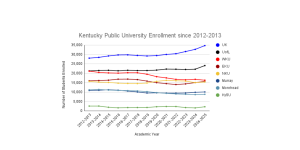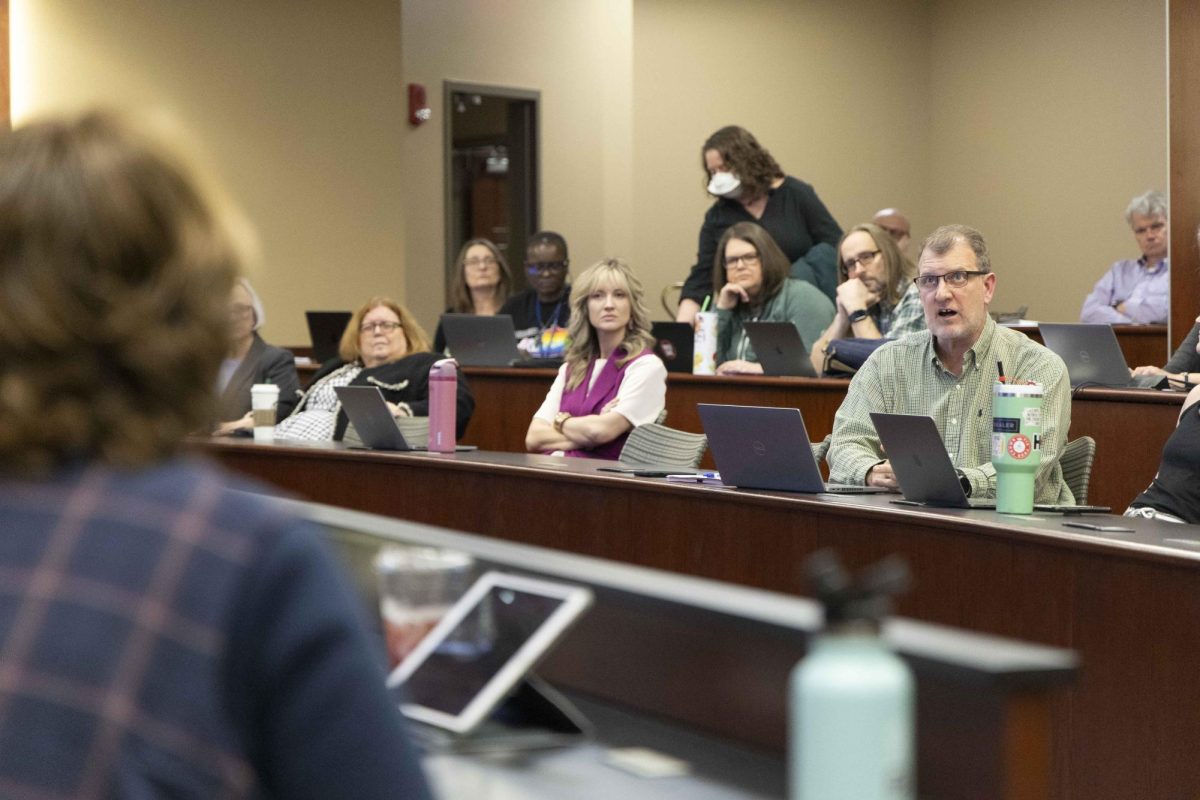Research encouraged with new workload model
April 22, 2011
A new faculty workload could free up time for more research.
Gordon Baylis, vice president for Research, said the recommendation for tenure-track faculty members of 60 percent teaching, 20 percent citizenship and 20 percent research arose from faculty input.
“This is not me sort of sitting on the top of the Hill saying to do more research,” Baylis said.
Baylis and Gordon Emslie, provost and vice president for Academic Affairs, discussed at an academic open forum last month that many faculty members feel their current workload doesn’t allow for non-teaching endeavors.
Current requirements call for a three-four or four-four faculty workload. The numbers designate the amount of classes professors teach — three or four — in the fall and spring semesters, respectively.
Emslie and Baylis’ recommendation would change this to a three-three workload on average, shifting teaching time from 75 percent to about 60.
“The problem right now is there’s little time to do research or any outreach to the community,” Baylis said. “The idea is that it should be a goal as the starting point for faculty.”
He said research helps enhance the classroom experience, as well.
“If you are involved in creating your own knowledge, then you can involve your students in that, and it becomes a much richer experience,” he said.
In order to help faculty members accommodate this change, Baylis recommended hiring more faculty members, teaching assistants and staff members for advising.
“We’ve laid out a slew of approaches,” he said.
The citizenship aspect involves everything a faculty member does that isn’t teaching or research.
This includes activities such as sitting on committees and talking to rotary clubs.
“It’s kind of a grab bag for all the good impact that the faculty members have on the institution and the town,” Baylis said. “We really want them to have to do that because if faculty members can’t contribute to the town and the county and the state, then we as a society are not getting the best of it.
“They are quite a good resource.”
Patricia Minter, associate professor of history and faculty regent, said while some disciplines are already following the model, others aren’t there yet.
“Research is a major priority for us, but our teaching demands take us in other directions,” Minter said. “We would love to do this, but it’s simply impossible without additional funding to our college.”
Minter said she doesn’t think fewer courses being taught in order to reach the workload goal makes for a good solution.
“What I don’t want to happen as a faculty advocate is for some disciplines to be able to take advantage of this and for others to be stuck taking larger teaching loads and larger classes,” she said.















